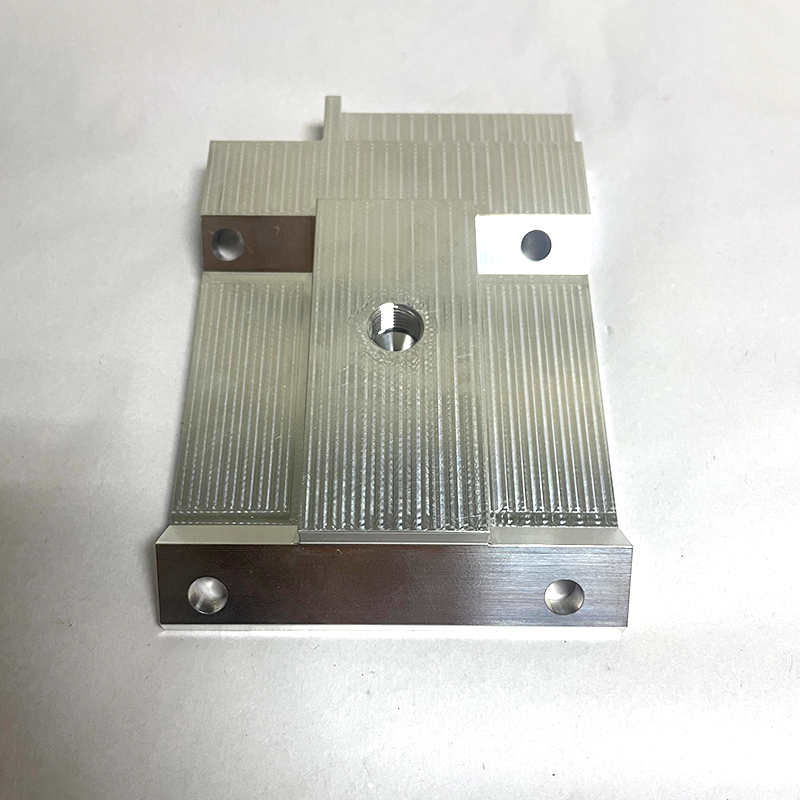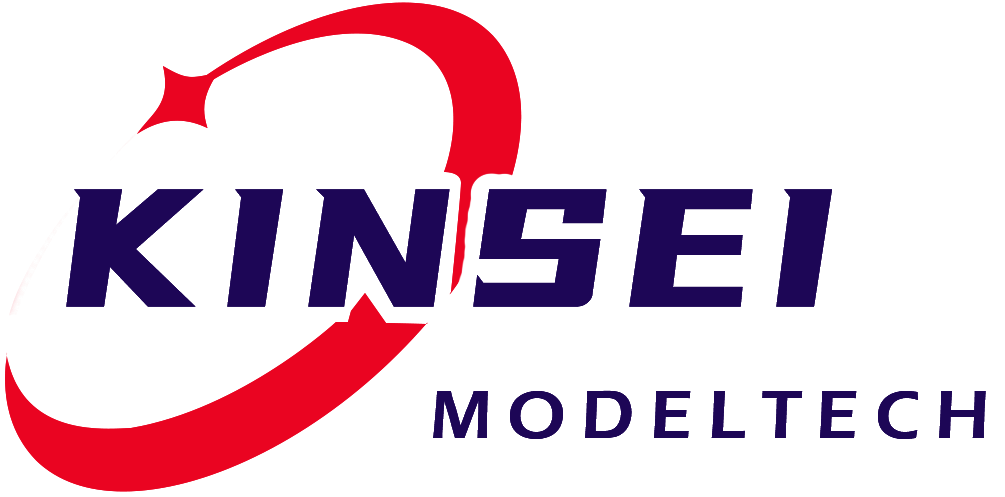Application of the Deburring Process in Automotive Parts Production
In the automotive manufacturing process, the machining accuracy and surface quality of components directly impact the performance and safety of the entire vehicle. As a key step in ensuring component quality, the deburring process plays a crucial role in auto parts production. Burrs are a common byproduct of the machining process. If not removed promptly, they can lead to assembly difficulties, poor sealing, increased wear, and even system failure.

Automotive parts are often made of metal materials such as aluminum alloy, steel, and stainless steel, which are prone to forming sharp burrs during milling, drilling, and cutting processes. This is particularly true in precision areas such as engine blocks, brake systems, oil channels, and transmission housings. Residual burrs not only affect sealing performance but can also break off and enter the system, causing serious consequences. Therefore, a standardized and efficient deburring process is essential in auto parts production.
Common deburring methods include manual deburring, mechanical deburring, thermal deburring, electrolytic deburring, and high-pressure water deburring. Automated mechanical deburring and high-pressure water jetting are widely used for cleaning engine and brake system components due to their high efficiency and consistency. For complex structures or internal bores, electrolytic or thermal deburring techniques are often used to completely remove microburrs.
As the automotive industry moves toward high precision and high performance, the deburring process is also evolving towards automation and intelligence. By integrating it with CNC machining and robotics, online inspection and automated processing are achieved, effectively improving processing efficiency and product quality. Furthermore, environmentally friendly deburring equipment is gradually replacing traditional chemical methods, aligning with the current trend of green manufacturing.
The deburring process is not only an essential step in quality control in automotive parts production but also a key component in enhancing product reliability and vehicle safety. Selecting the right deburring technology and equipment has become a crucial tool for modern automotive manufacturers to enhance their competitiveness.
Related news







 Inquiry Hotline:
Inquiry Hotline:


